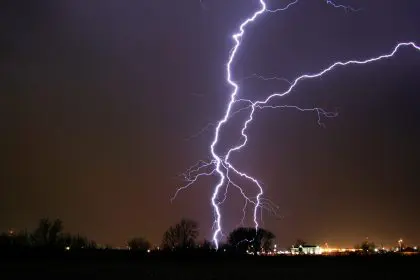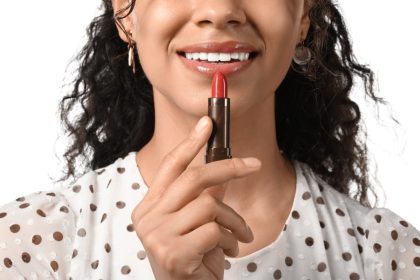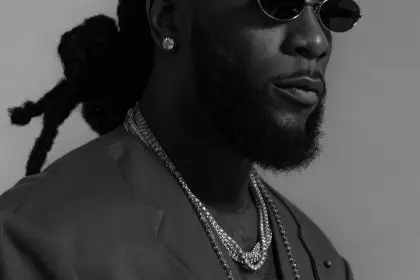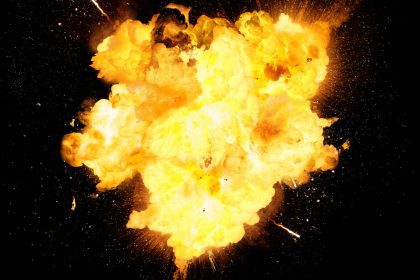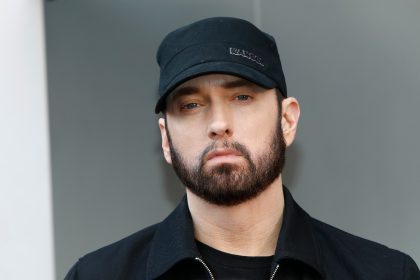1994
From O.J.’s white Bronco to Forrest’s shrimpin’ bid-ness, it was an unforgettable year. For any hip-hop head, it has become one of those years — along with 1988 and 2000 —that proved to be pivotal for the culture. It’s been 15 years since one of the most significant years in hip-hop history. In 1994, hip-hop was 15 years old, so in retrospect that year represents something of a transitional period for the genre that defined a generation. As we celebrate hip-hop’s rich and storied history all year long, ro decided to take a look back at the year that kick-started movements, birthed beefs and debuted artists that would characterize the rest of the decade.

10. The End of New Jack Swing/Birth of Hip Hop Soul
After New Jack Swing dominated R&B in the late 80s and early 90s by
merging it with hip-hop-styled production, the genre began to evolve
into a slightly more synergized form. Dubbed ‘hip-hop soul’ by Sean
“Puffy” Combs, the second generation of R&B singers who were born
into hip-hop exuded the edginess and brazenness of the hardest MCs. The
genre fully came into it’s own in 1994, with hit singles by R. Kelly
(“Bump N Grind,” “Your Body’s Calling”) and landmark albums by Mary J.
Blige (My Life), and Jodeci (who’s Diary of A Mad Band was actually released in late December 1993.)

9. “Murder Was the Case”
After being arrested and implicated in the 1993 shooting death of Philip Woldermarian and after his hit debut album DoggyStyle
made him the poster child for all that was wrong with gangsta rap to
critics like C. Delores Tucker and Rev. Calvin Butts, Snoop Doggy Dogg
cemented his status as both rap’s biggest star and it’s most
controversial artist by performing his hit “Murder Was the Case” on the
MTV Video Music Awards with a church choir and funeral backdrop.
 8. The Midwest Movement
8. The Midwest Movement
Hip-hop had been largely dominated by New York, and to a lesser degree
Los Angeles, for the better part of its decade-and-a-half recording
history. Following the moderate success of Houston’s Geto Boys and
Atlanta’s Arrested Development, the South was beginning to gain
attention. But America’s Heartland had largely been uncharted territory
prior to a mini-explosion in 1994. Cleveland’s Bone Thugs N Harmony
released their platinum-selling EP Creepin’ On Ah Come Up
and hits by Chicago’s Common Sense (“I Used to Love H.E.R.”) and Da
Brat (“Funkdafied”) brought the spotlight to middle America.
 7. Beastie Boys (Redux)
7. Beastie Boys (Redux)
The Beasties had become rap’s first white stars after 1986’s
multi-platinum smash Licensed to Ill, but despite their sophomore 1989
album Paul’s Boutique being hailed as the trio’s masterpiece, and 1992s Check Your Head
restoring a bit of their commercial luster, MCA, Ad Rock, and Mike D.
faded from the charts. The rapid rise and fall of one-hit wonders like
Vanilla Ice and Snow, only further deteriorated the public perception
of white rappers. But the Boys’ genre-bending Ill Communication,
with it’s iconic video/single ”Sabotage,” re-established the group as
one of the more unique acts in rap and confirmed that they were among
their generation’s quirkiest pop auteur.
 6. “I Used to Love H.E.R.”
6. “I Used to Love H.E.R.”
Prior to the release of the first single from his sophomore album Resurrection, Common Sense was a slightly-obnoxious, quirky alternative rapper from Chicago in the A Tribe Called Quest/Pharcyde mold. But this thoughtful ode to the art form that he loved proved to be his creative breakthrough and was the first retrospective hip-hop hit. Providing a heartfelt documentation of the first 15 years of rap’s history from the perspective of an artist who loved and was nurtured by the genre, “…H.E.R.” became Common’s signature song and such a powerful elegy for rap’s Golden Age that it inspired a hit film—2004s Brown Sugar.
 5. “U.N.I.T.Y.”, “Whatta Man” & Funkdafied
5. “U.N.I.T.Y.”, “Whatta Man” & Funkdafied
While female rappers had been a part of hip-hop since it’s beginnings
(see Sha Rock of the Funky Four+1 or Philly’s Lady B), and despite the
rise of Queen Latifah, MC Lyte and Yo Yo during hip-hop’s ‘golden age,’
femcees largely had to settle for a backseat to their more
commercially-viable male counterparts— until 1994. Queen Latifah’s
empowerment single, “U.N.I.T.Y.” was a smash and won a Grammy; “Whatta
Man” propelled Salt N Pepa’s Very Necessary to 5 million copies, becoming the best-selling album for a female rap act; and Chicago’s Da Brat released her debut, Funkdafied, the first album by a solo rap artist to go platinum.
 4. Nas’ Emergence
4. Nas’ Emergence
With Rakim all-but-disappearing, Big Daddy Kane’s career missteps, and
Slick Rick’s continued incarceration, the traditional NYC lyricist had
lost prominence. Since A Tribe Called Quest released 1991’s The Low End Theory,
the New York rap scene had largely focused on alternative rap groups
like ATCQ and Digable Planets. But with his critically-acclaimed
masterpiece Illmatic, Queens
MC Nas resurrected the aesthetic of the East Coast street-rhymer
kick-starting a rebirth and refocus on classic lyrical skill and
hardcore themes.
 3. OutKast Puts Atlanta — and The South — On the Map
3. OutKast Puts Atlanta — and The South — On the Map
Two teenaged friends from Southwest Atlanta, Dre and Big Boi, southernplayalisticadillacmusik
gave the nation its first real glimpse into the culture and lifestyle
of the Peach State — along with giving rappers as far north as Virginia
and as far south as Louisiana — a starting point for gaining similar
attention. Though the Geto Boys, Arrested Development, UGK and
Eightball & MJG all came before, this duo combined enough elements
from each of their forebears, with an added emphasis on lyrical depth
and skill, to become the most critically acclaimed act to emerge from
below the Mason-Dixon.
 2. Biggie’s Ready to Die Returns the East To the Charts
2. Biggie’s Ready to Die Returns the East To the Charts
After 1992s The Chronic,
West Coast G-funk acts wrestled the national spotlight from New York
City. For two years, L.A.-based acts like Dr. Dre, Snoop Doggy Dogg,
Ice Cube, and Warren G. eclipsed their East Coast counterparts in sales
and visibility. But when Brooklyn’s Notorious B.I.G. debut, Ready to Die,
was released in the fall, it became the first bonafide blockbuster out
of NYC in years. It restored commercial clout to hip- hop’s hometown,
made Biggie Smalls a superstar and would indirectly become a flashpoint
for the East/West rivalry that nearly suffocated mid-90s rap.
 1. 2Pac Shooting In NYC
1. 2Pac Shooting In NYC
Since his 1991 debut, Tupac Shakur’s star had been rising. 1994 was a
turbulent year for the rapper, he made his third film appearance in the
drama Above the Rim,
but he also faced a criminal trial after being accused of sexual abuse
in 1993. Shakur was found guilty, but in November — days before the
verdict — he was robbed and shot five times outside a Manhattan
recording studio. 2Pac emerged from the hospital blaming Bad Boy
Records’ Sean “Puffy” Combs, and Notorious B.I.G. (a former friend of
Shakur) of orchestrating the attack and turning the former friends into
rivals and bringing national media attention to the East Coast/West
Coast feud.

